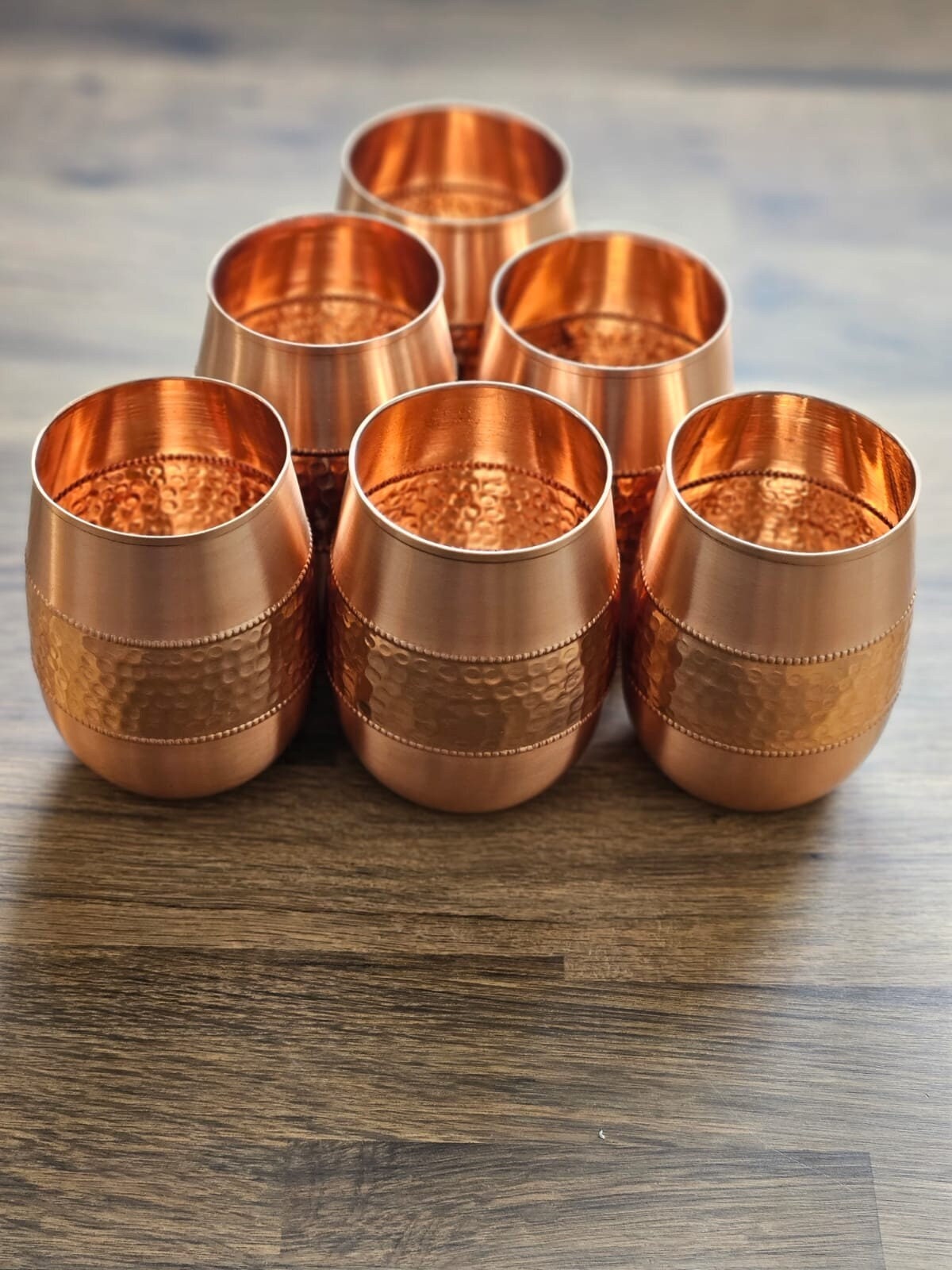How Copper Products Contribute to Lasting Practices in Different Sectors
Copper items are progressively identified for their substantial payments to lasting techniques across numerous sectors, driven by their integral properties such as durability, recyclability, and performance. In renewable energy systems, for instance, copper improves the performance of solar and wind modern technologies, while its application in building decreases waste via durability. Furthermore, the material's antimicrobial attributes supply promising benefits in healthcare settings. As sectors look for to take on even more sustainable practices, the function of copper might verify crucial in attaining ecological goals. What implications might this have for future innovations in sustainability?
Copper in Renewable Resource
Copper plays a crucial role in the improvement of eco-friendly energy technologies, functioning as a crucial conductor in numerous applications. Its outstanding electrical conductivity and resistance to deterioration make it an excellent material for electrical wiring, which is essential in photovoltaic panels, wind turbines, and power storage systems. In solar photovoltaic systems, copper is made use of in the interconnections and wiring, enabling efficient energy conversion from sunlight to electrical energy.
In wind power, copper is integral to the generators and transformers that convert kinetic energy into electric energy, ensuring optimal performance and dependability. Furthermore, the demand for electric lorries (EVs) is raising, with copper being an essential element in batteries, motors, and billing framework. The transition to EVs substantially boosts the demand for copper, as these automobiles commonly use four times much more copper than conventional internal combustion engine automobiles.
As the world seeks to alleviate climate modification and change to lasting energy resources, copper's role comes to be significantly important. The product not just enhances the effectiveness and resilience of renewable resource systems yet additionally supports the wider objective of reducing greenhouse gas exhausts and promoting a sustainable future.
Eco-Friendly Building Materials
Recently, there has actually been a significant shift in the direction of the fostering of green building products in action to growing environmental problems. This modification is motivated by the need for lasting alternatives that lessen ecological footprints while maintaining architectural integrity and aesthetic allure.
Copper, understood for its toughness and recyclability, has emerged as an essential player in this market. It can be made use of in roof covering, pipes, and electrical systems, adding to energy performance and decreasing waste. Copper's longevity suggests less replacements gradually, further enhancing its sustainability account.
Furthermore, materials such as bamboo, recovered timber, and recycled steel are gaining appeal. These choices not just supply lowered environmental influence however additionally promote resource preservation. As developing codes increasingly stress sustainability, builders and engineers are integrating these materials into their jobs, promoting development in layout.
The increasing adoption of environmentally friendly building materials shows a broader commitment to sustainability in the developed environment. By prioritizing these products, the building and construction market can substantially minimize its carbon impact, straighten with regulative requirements, and support a healthier environment for future generations. This fad notes a critical step towards a much more lasting future in building.
Copper's Duty in Medical care
Recent researches have actually highlighted the substantial function of copper in healthcare settings, especially because of its antimicrobial residential or commercial properties. Copper surfaces have actually been revealed to reduce the visibility of pathogens, consisting of microorganisms and infections, by up to 99.9% within a brief period. This exceptional efficiency makes copper an invaluable material for high-touch surface areas in medical facilities, such as doorknobs, bed rails, and IV posts, thereby contributing to enhanced infection control actions.
Along with its straight antimicrobial effects, copper also contributes in the broader context of healthcare facility sustainability (Copper Products). By incorporating copper into medical tools and home furnishings, healthcare facilities can lower the incidence of healthcare-associated infections (HAIs), which not only boosts individual end results but additionally reduces the costs connected with extensive healthcare facility remains and additional therapies
Furthermore, copper's longevity and recyclability straighten with sustainable techniques, enabling for liable source monitoring. As medical care systems significantly prioritize both client security and environmental stewardship, the combination of copper products is coming to be much more widespread. This twin benefit highlights copper's essential contribution to a much healthier, safer, and much more lasting medical care setting.
Sustainability in Transportation

Moreover, copper's toughness and deterioration resistance contribute to the longevity of transportation framework (Copper Products). In rail systems, for instance, copper components boost the reliability and performance of signaling and power systems, essential for minimizing delays and power usage. In addition, copper's duty in renewable resource systems, such as solar and wind, supports sustainable transportation remedies by providing tidy power for electrical transportation options
Investments in copper technology not just foster sustainability yet additionally promote economic growth and job creation in green markets. As sectors make every effort to fulfill rigid ecological regulations, the application of copper items in transport becomes an essential approach in attaining sustainability objectives and advertising a cleaner, more efficient future.
Copper and Round Economy
As the globe increasingly welcomes sustainability, the duty of copper in the circular economic situation becomes ever much more considerable. Copper's innate residential or commercial properties-- such as its toughness, recyclability, and conductivity-- position it as a key material in a resource-efficient economic situation. The round economic climate intends to minimize waste and make browse around this site best use of resource use through recycling and reusing materials, and copper excels in this regard.
The steel useful content can be reused forever without loss of top quality, making it a perfect prospect for sustainable practices across various sectors, consisting of construction, electronic devices, and renewable energy. By recuperating and reprocessing copper from end-of-life products, markets can significantly reduce the requirement for virgin products, thereby decreasing ecological influences related to mining and handling.
Moreover, the integration of copper into circular economy frameworks not just saves sources however likewise fosters technology. Businesses that prioritize copper recycling add to an extra lasting supply chain, enhancing their competitiveness while aligning with governing needs and consumer choices for ecologically accountable products.
Verdict
Finally, copper products significantly contribute to sustainable techniques throughout several fields. Their important duty in boosting renewable resource technologies, advertising eco-friendly building and construction materials, sustaining infection control in health care, assisting in sustainable transport, and personifying the concepts of a circular economic situation underscores the versatility and value of copper. By incorporating copper right into different applications, industries can attain higher performance, decrease environmental influence, and straighten with international sustainability goals, inevitably promoting a more lasting future.

Copper's outstanding conductivity makes it a recommended product in electric car (EV) systems, enhancing energy efficiency and efficiency. Additionally, copper's duty in sustainable energy systems, such as solar and wind, supports lasting transportation solutions by providing tidy energy for electric transportation alternatives.
Their crucial role in boosting renewable power modern technologies, promoting i loved this environment-friendly building materials, supporting infection control in health care, helping with sustainable transport, and embodying the concepts of a round economic situation underscores the versatility and value of copper.